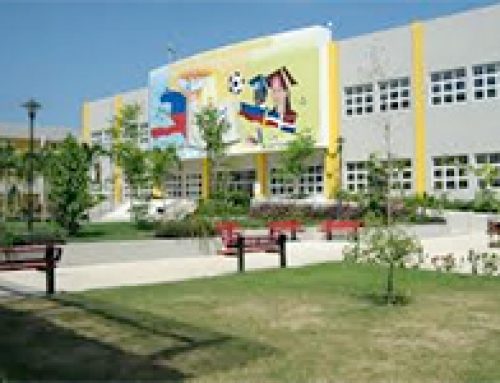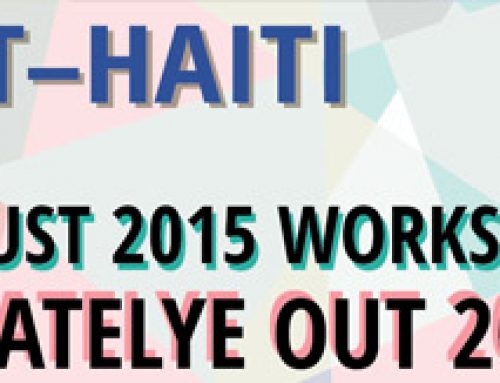MIT scholar, and advocate of native-language instruction, backs linguistic change.
by Peter Dizikes | MIT News Office
July 20, 2015
This month, Haiti’s government announced a new policy to educate students in Kreyòl, the native language of most Haitians, rather than French, the language traditionally used in schools. Introducing Kreyòl-language instruction has been a cause of Michel DeGraff, a professor of linguistics at MIT and a native of Haiti. MIT News recently discussed the policy shift with him.
Q. Why is it important to help Haitian students learn in Kreyòl?
A. Research has shown that we learn best in the languages we speak most fluently. In Haiti, at least 95 percent of the population is fluent in Kreyòl only. The use of any other language of instruction is a recipe for academic failure. This failure becomes a national tragedy when it repeats itself generation after generation, with Kreyòl-speaking children being taught in French.
According to research in cognitive science, becoming a good reader involves a “virtuous triangle” that seamlessly connects three sets of linguistic representations: letters on the page (“graphemes”), sounds in the corresponding language (“phonemes”), and word meanings (“semantics”). This triangle is most effective when all three — graphemes, phonemes, and semantics — pertain to the reader’s native language.
When Haitian children who speak only Kreyòl are taught to read in French (often by teachers who themselves are not fluent in French), the graphemes on the page relate to one language (French) while the phonemes and semantics in the child’s mind relate to another language (Kreyòl). So the triangle is “broken,” and the child, at best, will manage to parrot French sounds without adequate understanding of the text.






